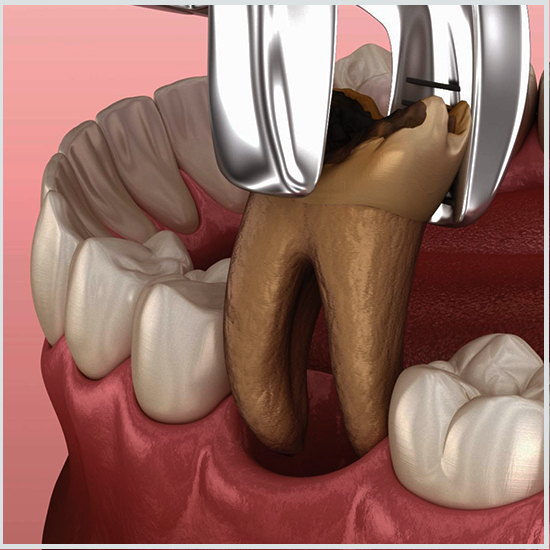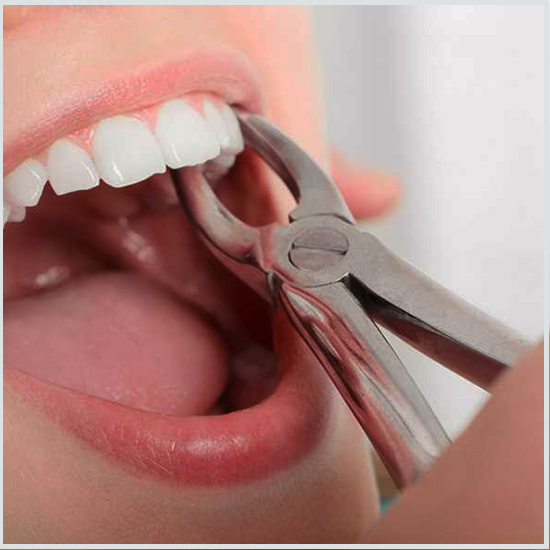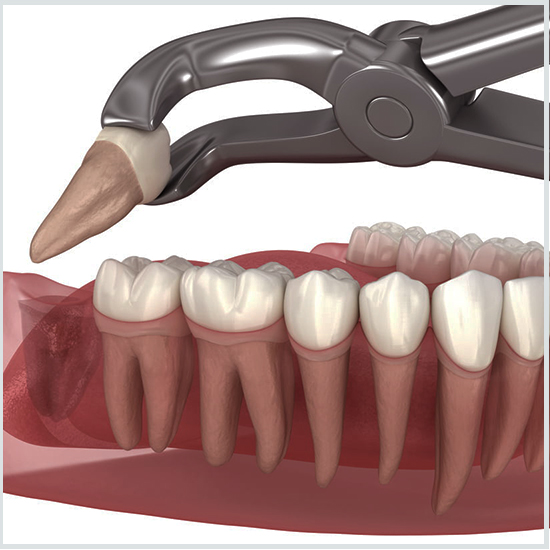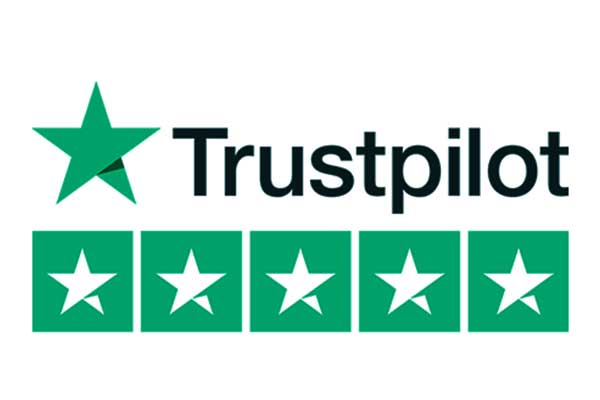Tooth Extraction in Turkey

At our dental clinic, we offer top-notch tooth extraction services tailored to meet your needs. Whether you’re dealing with impacted wisdom teeth or severe decay, our skilled professionals ensure a seamless and pain-free experience.
Here’s everything you need to know about tooth extraction, including costs and treatment options abroad.
Understanding Tooth Extraction
Tooth extraction, also known as exodontia, is a dental procedure performed to remove a tooth from its socket in the jawbone. This procedure may be necessary for various reasons, including:
- Severe decay that cannot be treated with fillings or root canal therapy
- Advanced periodontal disease causing tooth loosening
- Crowding of teeth in preparation for orthodontic treatment
- Impacted wisdom teeth causing pain or infection
Benefits of Seeking Tooth Extraction Abroad
Cost Savings
One of the primary reasons patients choose to undergo tooth extraction abroad is the significant cost savings. Dental procedures, including extractions, can be much more affordable in countries like Turkey without compromising on quality.
Quality Care
Despite lower costs, dental clinics abroad adhere to international standards of care and hygiene. You can expect to receive high-quality treatment from experienced dentists using modern equipment and techniques.
Accessibility
Many dental clinics in popular medical tourism destinations like Turkey offer convenient packages that include transportation, accommodation, and post-operative care. This makes it easier for patients to access dental services without the hassle of arranging travel and accommodation separately.

Take action today to achieve the smile you deserve. Prioritize your dental health now and unlock a brighter, more confident future
In what cases the teeth can and cannot be extracted
Tooth extraction can be classified as either urgent or planned, each with its own set of indications and considerations.
Urgent Tooth Extraction
Urgent tooth extraction is typically necessitated by immediate dental issues, such as:
- Longitudinal Tooth Fracture: When a tooth experiences a fracture along its length, extraction may be necessary to alleviate pain and prevent further complications.
- Inflammation Leading to Infection: Conditions like periodontitis or abscesses can cause severe inflammation and infection around a tooth, making extraction necessary to remove the source of infection and prevent its spread.
- Transverse Crown Fracture: In cases where a tooth has sustained a transverse fracture that cannot be treated effectively with endodontic techniques, extraction may be the only viable option to address the issue.
Planned Tooth Extraction
Planned tooth extraction, on the other hand, is a deliberate decision made under specific circumstances, including:
- Root Destruction Unsuitable for Implantation: Teeth with severely damaged roots that cannot support dental implants may need to be extracted to pave the way for alternative treatments.
- Severe Tooth Mobility: In cases where a tooth exhibits significant mobility, extraction may be recommended to prevent further damage and discomfort.
- Complex Canal Configuration: When conservative treatments like root canal therapy are not feasible due to the intricate nature of the tooth’s root canal system, extraction may be deemed necessary.
- Mucous Membrane Injury: If a tooth poses a risk of injury to the oral mucosa, extraction may be recommended to prevent ongoing irritation and potential complications.
Considerations and Contraindications
While there are no absolute contraindications for tooth extraction, certain factors may warrant postponement of the procedure:
- Infectious Diseases: General infections or oral infections can increase the risk of complications during and after extraction, necessitating delay until the infection is under control.
- Presence Within a Malignant Tumor: If a tooth is situated within or adjacent to a malignant tumor, extraction may be deferred to avoid potential complications or spread of the cancer.
- Cardiovascular or Blood Disorders: Patients with cardiovascular issues or blood disorders may require special precautions or delay in extraction to minimize the risk of bleeding or other complications.
- Pregnancy: Pregnancy, especially in the early or late stages, may necessitate postponement of non-urgent dental procedures, including extraction, to ensure the safety of both the mother and the fetus.
- Primary Teeth Extraction: Extraction of primary (baby) teeth should be approached with caution, and only if deemed necessary based on clinical examination and X-ray findings indicating the absence of underlying permanent teeth.
In conclusion, the decision to extract a tooth, whether urgently or as a planned procedure, is guided by careful consideration of the patient’s individual circumstances, dental health, and potential risks and benefits associated with the extraction.
Stages of Performing Sinus Lifting
Sinus lifting, a surgical procedure aimed at augmenting bone in the posterior maxilla to facilitate successful dental implant placement, involves several distinct stages for optimal outcomes.
1. Preparatory Stage
Before commencing sinus lifting, meticulous preparatory steps are undertaken:
- Comprehensive Diagnostics: The dentist conducts a thorough evaluation of the patient’s health status. This includes preliminary consultation, spiral computed tomography (CT) scans, and the creation of a dental model. These diagnostic measures are crucial for identifying potential challenges and minimizing risks of complications during and after the procedure.
2. Anesthesia
Anesthesia administration is a critical aspect of ensuring patient comfort and pain management throughout the procedure:
- Local Anesthesia: Sinus lifting is typically performed under local anesthesia, commonly in the form of regional anesthesia. The anesthesia is injected into the tissue plane behind the last upper tooth, targeting nerve fibers to provide complete pain relief for a duration of 1-2 hours. This ensures that the patient remains comfortable and pain-free during the surgical intervention.
3. Surgical Intervention
The surgical phase of sinus lifting involves precise maneuvers to prepare the sinus cavity and augment bone:
- Mucous Membrane Separation: The first step entails delicately separating the mucous membrane of the maxillary sinus from the underlying upper jawbone using specialized instruments. This creates access to the sinus cavity for subsequent bone augmentation procedures.
- Bone Grafting: The prepared cavity is then filled with ground bone material, sourced either from the patient’s own bone or a donor. In some cases, hypoallergenic bone substitute materials may be utilized to augment bone volume. This grafting process is essential for promoting new bone formation and stability in the augmented area.
4. Final Stage
The concluding phase of sinus lifting involves wound closure and post-operative care:
- Closure and Treatment: If an open sinus lift technique was employed, the incision site is carefully sutured to facilitate proper healing. Antiseptic agents may be applied to the surgical site to minimize the risk of infection and promote optimal healing outcomes.
- Implant Placement (Closed Technique): In cases where a closed sinus lift technique is utilized, the procedure may allow for immediate dental implant placement following bone augmentation. This streamlined approach can expedite the overall treatment process and reduce the need for additional surgical interventions.
In summary, sinus lifting is a meticulously planned and executed procedure that requires careful attention to detail at each stage. From preoperative assessment to postoperative care, a comprehensive approach ensures optimal outcomes and patient satisfaction.
![graph LR;
A[Turkey] --> B[Affordable Prices];
A --> C[Experienced Dentists];
A --> D[State-of-the-Art Facilities];
A --> E[Tourism Opportunities];
D --> F[Dental Implants];
D --> G[Cosmetic Dentistry];
D --> H[Restorative Dentistry];
D --> I[Oral Surgery];
H --> J[Fillings];
H --> K[Crowns and Bridges];
I --> L[Tooth Extractions];
I --> M[Wisdom Tooth Removal];
I --> N[Bone Grafting];](https://tintuc24h.info/wp-content/uploads/2024/04/Get-a-free-consultation-and-discount-now.jpg)
Transform your smile and boost your confidence with proactive dental care. Don’t wait – take the first step towards a brighter future today!
Types of Tooth Extractions

Simple Extraction
A simple extraction is performed on a tooth that is visible in the mouth. The dentist loosens the tooth with an instrument called an elevator before removing it with forceps. This procedure is usually done under local anesthesia and is relatively quick and straightforward.

Surgical Extraction
A surgical extraction is required for teeth that are not easily accessible or have not erupted fully. This includes impacted wisdom teeth or teeth with extensive decay below the gum line. During a surgical extraction, the dentist may need to make an incision in the gum tissue and remove bone to extract the tooth. This procedure may require general anesthesia or conscious sedation for patient comfort.
Cost of Tooth Extraction Abroad
The cost of tooth extraction abroad can vary depending on several factors, including the complexity of the procedure, the location of the clinic, and additional services required. However, opting for tooth extraction abroad can often be more affordable than undergoing the procedure in your home country.
Conclusion
When it comes to tooth extraction, choosing the right provider is crucial for a successful outcome. At our clinic, we combine expertise, affordability, and convenience to offer you the best possible experience. Contact us today to schedule a consultation and take the first step towards a healthier smile.
Frequently Asked Questions About Tooth Extraction in Turkey
How much does it cost to remove a tooth in Turkey?
The cost of tooth extraction in Turkey can vary depending on factors such as the complexity of the procedure, the location of the dental clinic, and whether it’s a simple or surgical extraction. On average, the cost ranges from $50 to $200 USD per tooth.
Is dental surgery in Turkey safe?
Yes, dental surgery in Turkey is generally safe. Turkey boasts modern dental facilities equipped with state-of-the-art technology and highly trained dental professionals. However, it’s essential to choose a reputable dental clinic with experienced dentists to ensure safe and successful treatment outcomes.
Can I eat Turkey after tooth extraction?
Following tooth extraction, it’s advisable to stick to soft and easy-to-chew foods for the first few days to promote healing and avoid discomfort. While eating turkey after tooth extraction is possible, it’s best to wait until the extraction site has healed sufficiently and any post-operative pain or swelling has subsided.
How long does it take to get a tooth done in Turkey?
The duration of getting a tooth extracted in Turkey can vary depending on factors such as the complexity of the extraction, scheduling availability at the dental clinic, and any necessary pre-operative procedures. On average, the entire process, including consultation, extraction, and post-operative care, may take anywhere from 30 minutes to an hour or more.
Why is it so cheap to get your teeth done in Turkey?
The relatively low cost of dental procedures in Turkey is attributed to several factors, including lower operating costs for dental clinics, competitive pricing due to the abundance of dental tourism, favorable exchange rates, and government incentives to promote medical tourism. Additionally, the cost of living in Turkey is generally lower compared to Western countries, contributing to reduced treatment expenses.
What is the recovery time for Turkey teeth removal?
The recovery time for tooth extraction in Turkey varies depending on factors such as the complexity of the extraction, the patient’s overall health, and adherence to post-operative care instructions. Generally, most patients experience initial discomfort, swelling, and mild bleeding for the first few days after extraction, with full recovery typically taking about 1-2 weeks.
How long does it take to pull a tooth under anesthesia?
The duration of tooth extraction under anesthesia can vary depending on factors such as the number of teeth being extracted, the complexity of the procedure, and individual patient factors. On average, a single tooth extraction under anesthesia may take approximately 20 to 30 minutes, although this can vary.
How long does it take to surgically remove a tooth?
Surgical tooth extraction, such as in the case of impacted wisdom teeth, may take longer than a simple extraction due to the additional steps involved, such as bone removal and suturing. On average, surgical tooth extraction can take between 45 minutes to an hour or more, depending on the complexity of the case.
When can I eat after teeth removal?
After tooth removal, it’s essential to wait until the local anesthesia wears off before attempting to eat to avoid accidental injury to the soft tissues. Additionally, it’s recommended to wait at least 24 hours before resuming a normal diet. Initially, stick to soft and easily chewable foods to minimize discomfort and promote healing.

Seize the opportunity today to attain the smile you deserve. Make your dental health a priority now and open the door to a brighter, more confident future.



